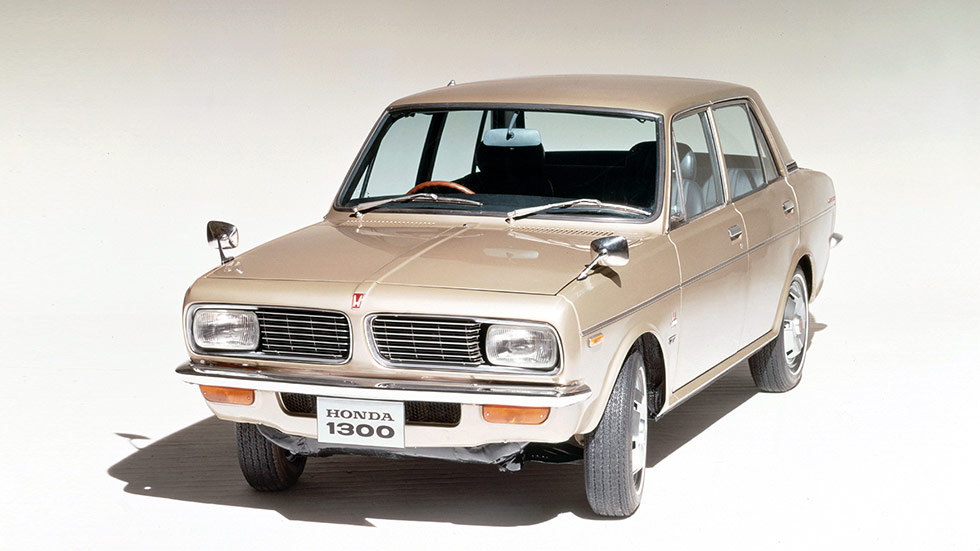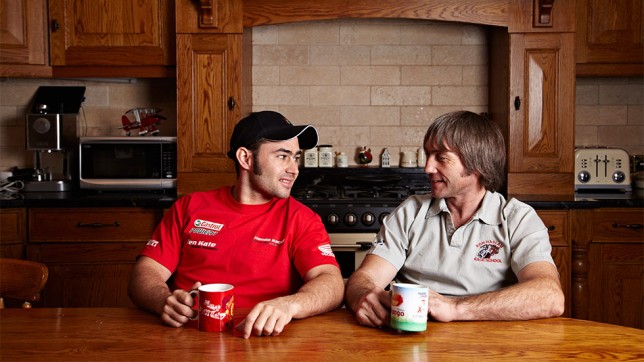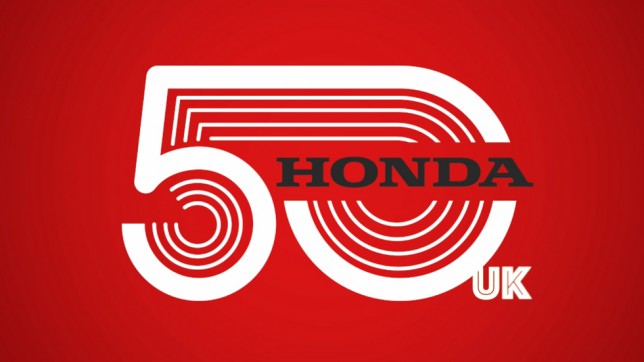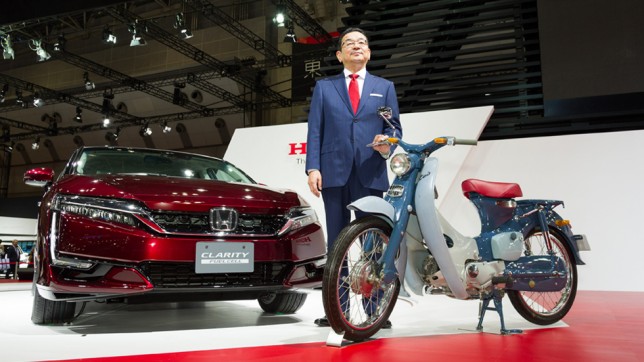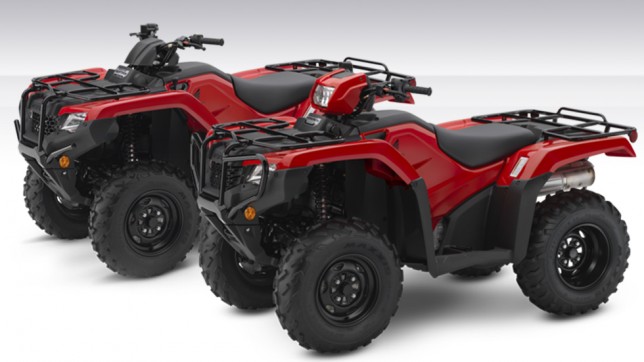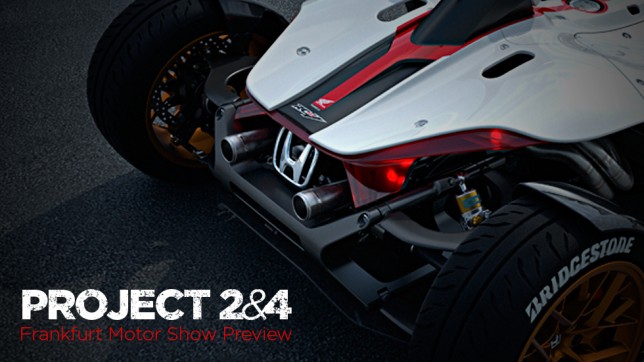By John Simister
Nobody makes air-cooled cars any more. But Soichiro Honda, with his motorcycle-
engineering history, considered air cooling far preferable to using water.
Air vs water cooling
The little N360 and N600 had proved faster and more frugal than their tiny European rivals, and Soichiro decided that air cooling was just what a bigger, faster family car needed.
The resulting 1300, launched in 1969, was the ultimate expression of Mr Honda’s faith. It played out a drama that ensured the company would never be the same again.
Chief engine designer Tadashi Kume – who had created the thunderous Formula 1 V12s – was completely against the 1300, reasoning that air-cooled units would fail future US emissions legislation.
This posed several problems: central to company ethics was that all associates should have equal status, which created an impasse over the 1300. Soichiro’s will prevailed, and Kume resigned.
Mechanical loveliness
The resulting car was a feast of mechanical loveliness, whose front wheels were driven by a four-cylinder, all-aluminium engine producing 97PS at 7,200rpm. A later coupé version made 118PS.
The car’s Duo Dyna cooling system used natural airflow over the outer surfaces, plus air that was force-fed by a fan through a network of inner ducts, like water in a conventional engine.
The cooling fins were designed not to resonate, therefore fixing the usual air-cooled noise problem, and a dry-sump lubrication system was fed from a separate, finned, cast-aluminium tank shaped like a heart. However, the 1300 proved too nose-heavy, it didn’t handle well and, despite its compressed-Americana looks, wasn’t a commercial success.
Kume returned and oversaw a quick remake of the 1300 into the water-cooled Honda 145. This flopped, too – but it didn’t matter, because, meanwhile, the Civic had also been developed. And the rest, as the saying goes, is history.



